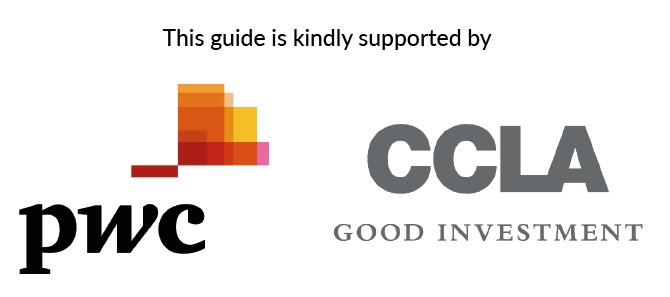Climate change is no longer a fringe concern for charities. Richard Sagar, Head of Policy at Charity Finance Group, introduces a new guide that offers practical first steps on the net zero journey.

It is difficult to think of any charity or social change organisation for which climate change will not either directly or indirectly impact their communities.
This can no longer be a fringe concern, particularly for those who lead charities that exist to support the environment. If the voluntary sector is to maintain moral authority, all parts of it must play a role in moving towards net zero.
In 2021, Charity Finance Group asked members and other charity leaders about their commitments to meet net zero in light of the Paris Agreement at COP26.
The results of that survey were not unsurprising. Eight out of ten of those who responded had not committed to a net zero policy.
This, we believe, was not due to apathy or lack of interest. Speaking to charity finance leaders we know that they are keen to do more to help mitigate the worst impacts of the climate crisis. And it was pleasing that 20% of those charities had made progress on their net zero journey.
What came across loud and clear from the data we collected and the conversations we were having was that charities needed more support. There was a lack of information and practical guidance on how to turn pledges and intentions into real action and progress.
This was the catalyst for producing this guide: Charities and the path to net zero.
We understand that the journey to net zero will be different for different types of organisations. For example, those organisations that have many properties and large investment portfolios action will see that path very differently to a very small community-based charities that have no paid staff.
With this in mind, our guide covers many different aspects of net zero, as you'll see from the contents page here.
For more background on the guide, visit our news page.
